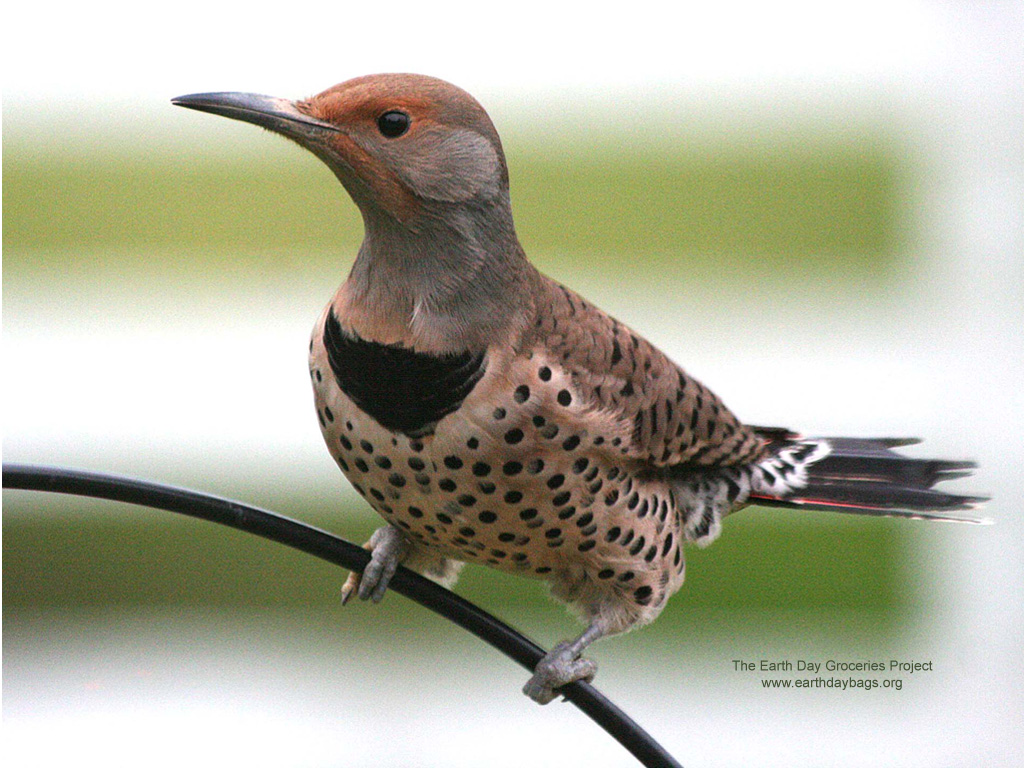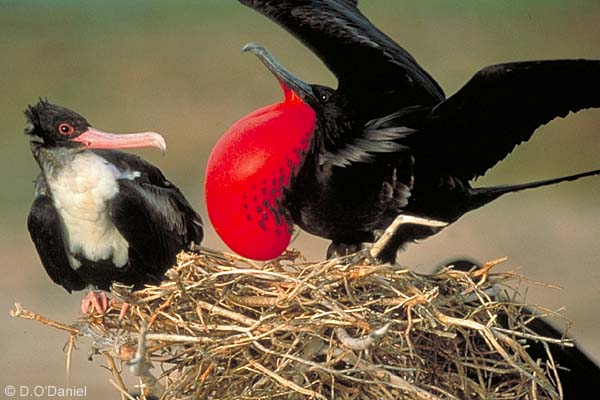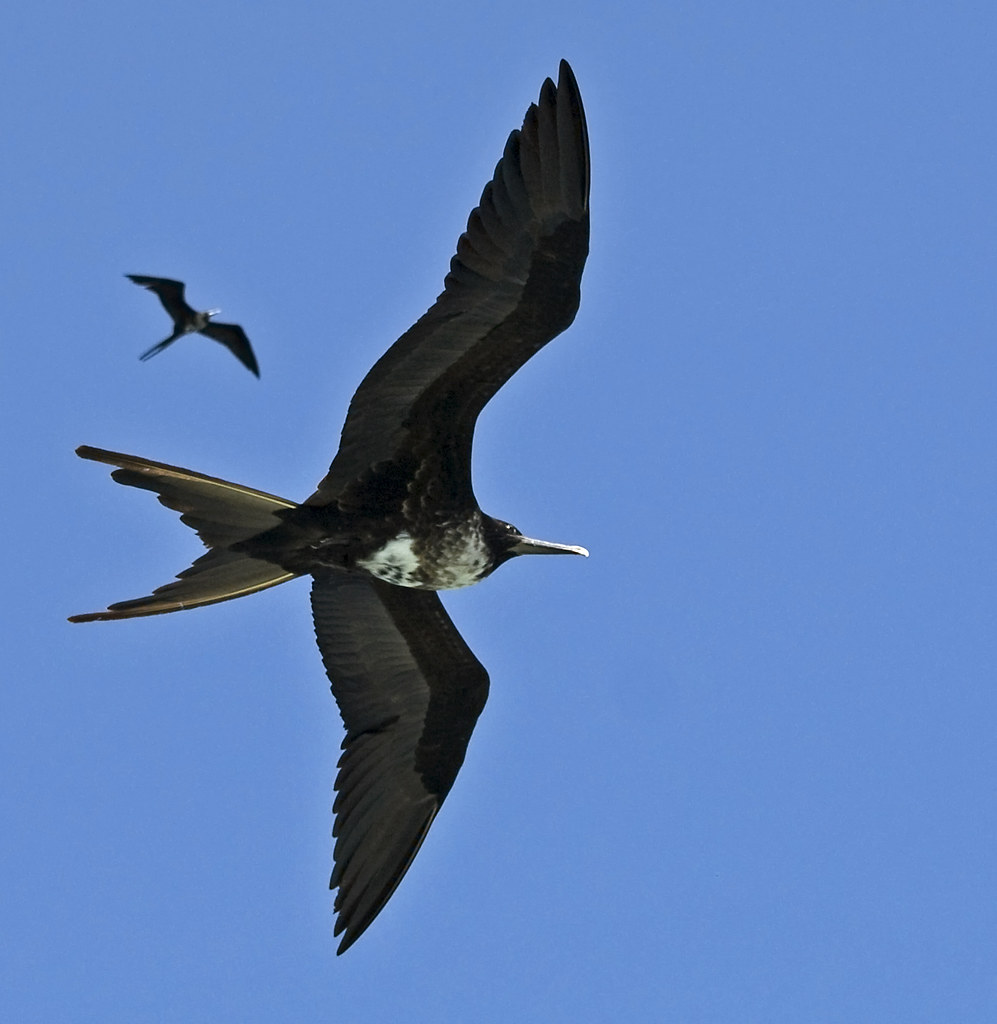Armadillos are New World placental mammals, known for having a leathery armor shell. Dasypodidae is the only surviving family in the order Cingulata, part of the superorder Xenarthra along with the anteaters and sloths. The word armadillo is Spanish for "little armored one".
There are approximately ten extant genera and around 20 extant species of armadillo, some of which are distinguished by the number of bands on their armor. Their average length is about 75 centimetres (30 in), including tail; the Giant Armadillo grows up to 150 centimetres (59 in) and weighs up to 59 kilograms (130 lb), while the Pink Fairy Armadillos are diminutive species with an overall length of 12 to 15 centimetres (5 to 6 in). All species are native to the Americas, where they inhabit a variety of environments.
In the United States, the sole resident armadillo is the Nine-banded Armadillo (Dasypus novemcinctus), which is most common in the central southernmost states, particularly Texas. Their range is as far east as South Carolina and Florida and as far north as Nebraska; they have been consistently expanding their range over the last century due to a lack of natural predators and have been found as far north as southern Illinois and Indiana
Armadillos are prolific diggers with sharp claws. Many species use their sharp claws to dig for food, such as grubs, and to dig dens. The Nine-banded Armadillo prefers to build burrows in moist soil near the creeks, streams, and arroyos around which it lives and feeds. The diet of different armadillo species varies, but consists mainly of insects, grubs, and other invertebrates. Some species, however, feed almost entirely on ants and termites.
In common with other xenarthrans, armadillos in general have low body temperatures (33–36 °C) and basal metabolic rates (from 40–60% of that expected in a placental mammal of their mass). This is particularly true of types that specialize on using termites as their primary food source (for example,, Priodontes and Tolypeutes).[2]
Armadillos have poor vision, but large eyes.
The armor is formed by plates of dermal bone covered in relatively small, overlapping epidermal scales called "scutes", composed of bone with a covering of horn. In most species, there are rigid shields over the shoulders and hips, with a number of bands separated by flexible skin covering the back and flanks. Additional armor covers the top of the head, the upper parts of the limbs, and the tail. The underside of the animal is never armored, and is simply covered with soft skin and fur.
This armor-like skin appears to be the main defense of many armadillos, although most escape predators by fleeing (often into thorny patches, from which their armor protects them) or digging to safety. Only the South American three-banded armadillos (Tolypeutes) rely heavily on their armor for protection. When threatened by a predator, Tolypeutes species frequently roll up into a ball. Other armadillo species cannot roll up because they have too many plates. The North American Nine-banded Armadillo tends to jump straight in the air when surprised, and consequently often collides with the undercarriage or fenders of passing vehicles.
Armadillos have short legs but can move quite quickly, and have the ability to remain underwater for as long as six minutes. Because of the density of its armor, an armadillo will sink in water unless it inflates its stomach and intestines with air, which often doubles its size and allows it to swim across narrow bodies of water
Armadillos use their claws for digging and finding food, as well as for making their homes in burrows. They dig their burrows with their claws, only making a single corridor where they fit themselves. They have five clawed toes on the hindfeet, and three to five toes with heavy digging claws on the forefeet. Armadillos have a large number of cheek teeth, which are not divided into premolars and molars, but usually have incisors or canines. The dentition of the nine-banded armadillo is P 7/7, M 1/1 = 32.
Gestation lasts anywhere from 60 to 120 days, depending on species, although the nine-banded armadillo also exhibits delayed implantation, so that the young are not typically born for eight months after mating. Most members of the genus Dasypus give birth to four monozygotic young (that is, identical quadruplets), but other species may have typical litter sizes that range from one to eight. The young are born with soft leathery skin, which hardens within a few weeks, and reach sexual maturity in 3–12 months, depending on the species. Armadillos are solitary animals that do not share their burrows with other adults

Armadillo dangerous animals

Armadillo dangerous animals

Armadillo dangerous animals

Armadillo

Armadillo

Armadillo

Armadillo picsAs musical instruments
Main article: Charango
Armadillo shells had traditionally been used to make the back of the charango, an Andean lute instrument; nowadays charangos are made entirely of wood.
In science
Armadillos are often used in the study of leprosy, since they, along with mangabey monkeys, rabbits and mice (on their footpads), are among the few known non-human animal species that can contract the disease systemically. They are particularly susceptible due to their unusually low body temperature, which is hospitable to the leprosy bacterium, Mycobacterium leprae. (The leprosy bacterium is difficult to culture and armadillos have a body temperature of 34 °C, similar to human skin.)
The Nine-banded Armadillo also serves science through its unusual reproductive system, in which four genetically identical quadruplets are born in each litter.Because they are always genetically identical, the group of four young provides a good subject for scientific, behavioral or medical tests that need consistent biological and genetic makeup in the test subjects. This is the only reliable manifestation of polyembryony in the class mammalia, and only exists within the genus Dasypus and not in all armadillos, as is commonly believed. Other species which display this trait include parasitoid wasps, certain flatworms and various aquatic invertebrates.
Armadillos (mainly Dasypus) make common roadkill due to their habit of jumping to about fender height when startled (such as by an oncoming car). Wildlife enthusiasts are using the northward march of the armadillo as an opportunity to educate others about the animals, which can be a burrowing nuisance to property owners and managers

Armadillo dangerous

Armadillo

Armadillo
 bluefin tuna big fish
bluefin tuna big fish




































.svg.png)








